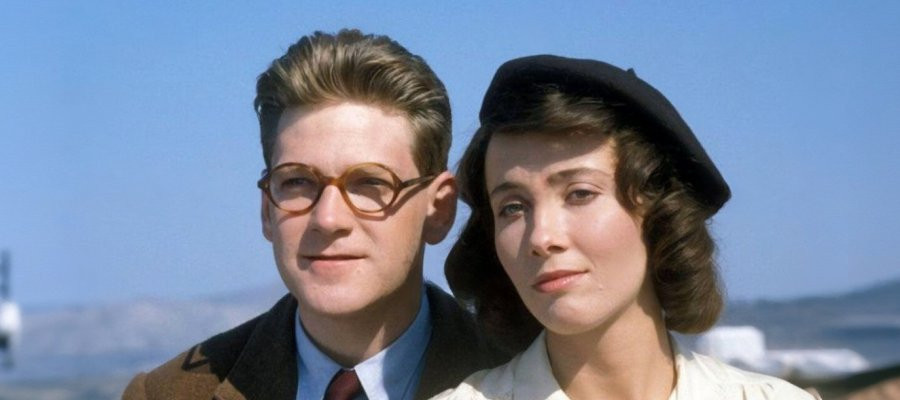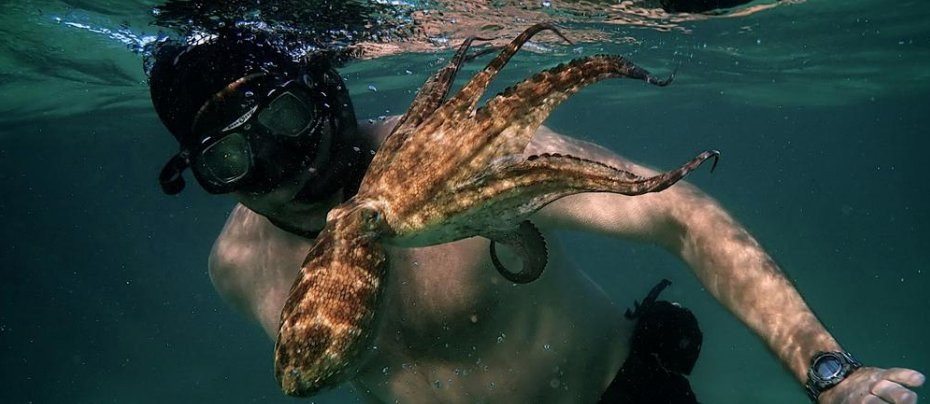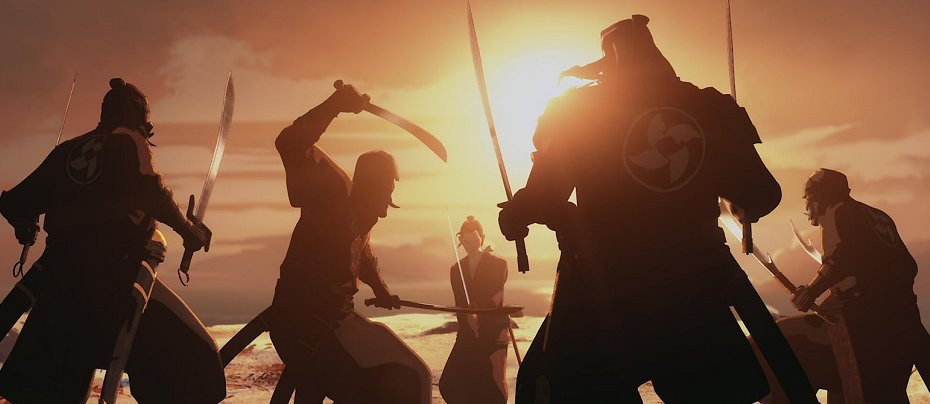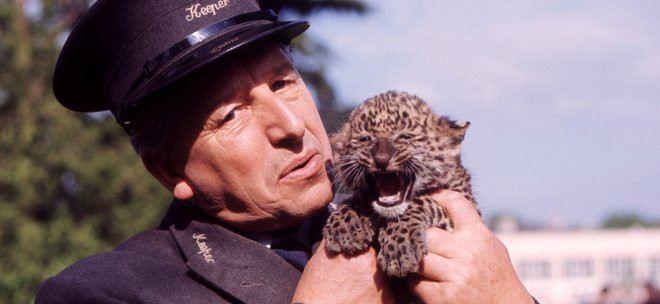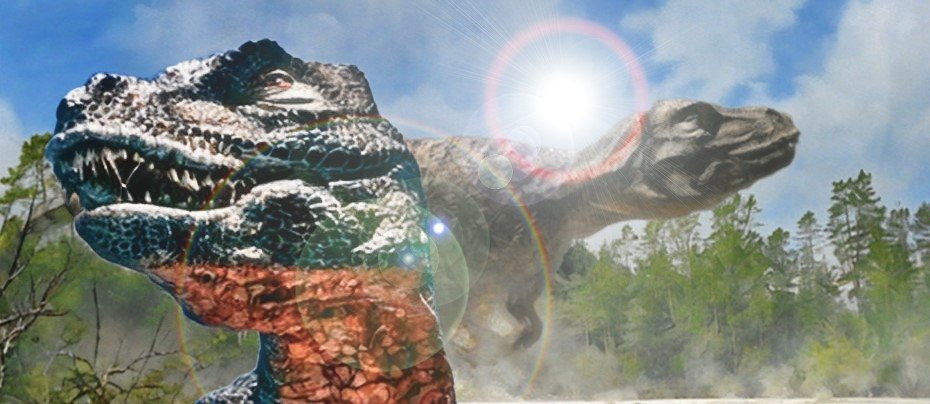
Walking with Dinosaurs
1999 - United KingdomReview by Daniel Tessier
Three years after Jurassic Park revolutionised visual effects and revitalised public interest in dinosaurs, the BBC joined forces with the Discovery Channel and other international partners, to create Walking With Dinosaurs, a nature documentary with a difference. It would be another three years before the series hit the screen, including an 18-month production process. Utilising a combination of computer-generated imagery and sophisticated animatronics, inspired by the groundbreaking techniques used on Jurassic Park, Walking with Dinosaurs presented itself as a look into the real lives of dinosaurs and their neighbours, as if they were being filmed in the wild.
Animation studio Framestore developed their own techniques that allowed them to animate the prehistoric beasts at a fraction of the cost of Hollywood, but Walking with Dinosaurs was still the most expensive documentary ever made, in terms of money spent per minute of broadcast footage. Incredibly impressive for the time, when viewed today the effects betray their age somewhat but still make for a remarkable experience. It's the animatronic effects that stand up the best, having a physical presence that simply can't be replicated by CGI. The addition of live action footage, in which insects and other creatures that have changed little since the Mesozoic Era, helps sell the verisimilitude of the production, giving it all an almost-real feel. Filming took place across the globe, providing spectacular vistas for the creatures to inhabit.
To add to the prestige of the programme, Shakespearean actor Kenneth Branagh narrated the scenes (in the United States, he was replaced with Deep Space Nine's Avery Brooks). Composer Ben Bartlett was responsible for the series stirring, award-winning score.
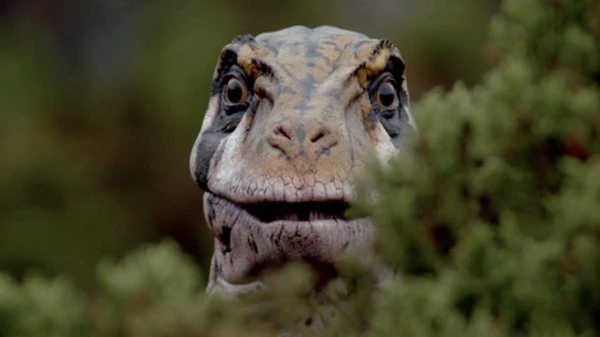
The six-part series was created using detailed research by producer Tim Haines and the consultation of hundreds of expert scientists, to create speculative narratives of what day-to-day life for dinosaurs may have been like. The series moved forward through time with each episode, beginning over 200 million years ago in the Triassic Period, following Coelophysis, one of the earliest dinosaurs, as it interacted with flying pterosaurs, predatory saurischians and other creatures that dominated the Triassic world. The episodes also spanned the world, with the second and third taking place, respectively, in what is now Colorado and Oxfordshire in the late Jurassic Period, tens of millions of years after the first instalment. The second episode showcased some of the most famous and majestic dinosaurs, including Stegosaurus, Brachiosaurus and Diplodocus, while the third was set on the shoreline, and featured ferocious marine reptiles.
The final three episodes took place in the Cretaceous Period, the last part of the Mesozic, or Age of Dinosaurs. The fourth episode followed the pterosaur Ornithocheirus as it migrated across the world and through different environments, while the fifth takes place in Antarctica, at a time it was cold but not the frozen wasteland it is today. Finally, the sixth episode took us to the very end of the Cretaceous, 65 million years ago, in the final days before the catastrophic impact thought to have caused the mass extinction. Some of the last dinosaurs included the famous Tyrannosaurus rex and Triceratops and the armoured Ankylosaurus, all of which had their moment in the spotlight.
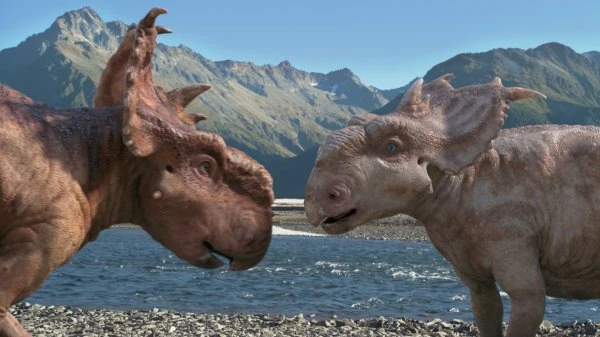
The series was a spectacular hit, reaching audiences of over 15 million each week, and received numerous awards, including the 2000 BAFTAs for Outstanding Innovation and Best Original Television Music, two Emmys for its visual effects, and a prestigious 2000 Peabody Award among others. It remains an exemplary science programme, although it is not without its flaws. To add realism, everything is presented as if it is factual, while it is, of course, down to a combination of reconstruction and speculation. There is nothing to differentiate between scenes for which there is direct fossil evidence, and which are based on more speculative reasoning. Naturally, in the years since it was originally broadcast, palaeontology has moved forward, and new discoveries have superseded some of what was shown. Plus, in spite of the expert advice on the production, there are occasional errors, including some fudging of the timeline so that plenty of interesting animals could appear together. Just a few million years here or there, though.
The series was followed by three specials, beginning with The Ballad of Big Al in 2000, which focused on the life of the hunter Allosaurus, with focus added for the scientific evidence and deduction behind the scenes. Broadcast over the 2002-3 New Year period, The Giant Claw and Land of Giants played with the programme's format, having wildlife TV presenter Nigel Marven appear as a supposedly time-travelling zoologist. An exhibition and a stage show were followed in 2013 by a poorly received film version, which added ill-advised voiceovers for the animals. There were also multiple follow-up series between 2001 and 2005, focusing on other prehistoric creatures. Walking with Beasts came first, exploring the Cenozoic Era after the great extinction and focusing on ancient mammals, and then we moved even closer to home in Walking with Cavemen. Finally, Walking with Monsters – Life Before Dinosaurs reversed course and took us further back in time, to the Palaeozoic Era, millions of years before the dinosaurs evolved.
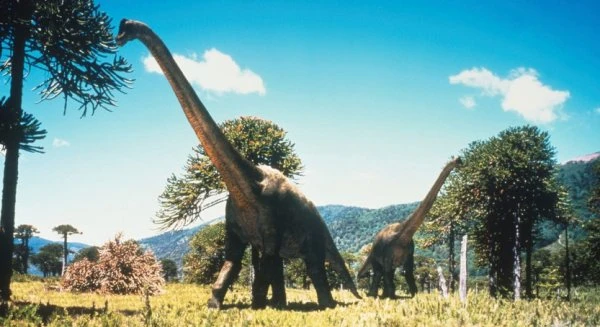
Tim Haines and his company Impossible Pictures then went to ITV, were he created Primeval, taking his expertise and the ever-advancing visual effects and reworking them for action adventure. Nigel Marven once again presented Impossible Pictures' Prehistoric Park, which went as far into Jurassic Park territory as possible, bringing extinct animals into the present for a pseudo-documentary approach. The BBC continued to make palaeontological documentaries without Haines and Impossible's involvement, including 2011's Planet Dinosaur and 2013's David Attenborough's Rise of Animals, and most recently 2022's Prehistoric Planet made by the BBC for Apple TV. In fact, studios worldwide began to produce dino-docs following Walking with Dinosaurs' revolutionary success.
While it may be starting to show its age a little after twenty-five years, Walking with Dinosaurs remains the standard by which other such programmes are judged. In fact, it has recently been announced that Walking with Dinosaurs is not as extinct as we thought, with a new series, made with the most up-to-date scientific knowledge and effects, entering production by the BBC and PBS, for release in 2025.
Seen this show? How do you rate it?
Seen this show? How do you rate it?
Published on July 26th, 2024. Written by Daniel Tessier for Television Heaven.


